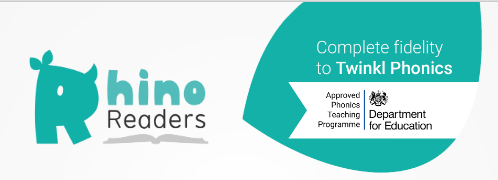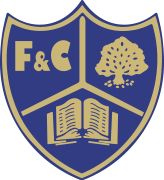Phonics and Early Reading
Phonics Intent Statement
At Fulwood and Cadley Primary School, Phonics is taught so that it is accessible to all: every child knows more, remembers more and understands more. Phonics is a key skill that supports the development of early reading skills. We combine quality phonic instruction with exposure to a range of texts in our whole class reading lessons to provide our pupils with the skills they need to have a successful start to their lives as readers.
Using the Red Rose Phonics Programme, we intend for our pupils to be able to:
- Recognise, say and write all phonemes within each phase
- Use their phonic knowledge to blend and segment phonetically decodable words
- Use their phonic knowledge to attempt to read and write more complex words
- Read easily, fluently and with good understanding, age and ability appropriate texts
- Develop the habit of reading widely and often, for both pleasure and information
- Write clearly, accurately and coherently, using phonic knowledge
The Teaching of Phonics and Early Reading
What is Synthetic Phonics?
Synthetic phonics is a method of teaching reading and writing in which words are broken up into their smallest units of sound or ‘phonemes’. Children learn to associate a written letter or group of letters, known as ‘graphemes’, with each phoneme. Sounds are then built up or ‘blended’ together into words for reading or, conversely, whole words are broken down or ‘segmented’ into their constituent sounds for writing.
Here's some of the technical vocabulary explained:
Decoding - To translate printed words to sounds or words for reading
Blend(ing) - to draw individual sounds together to pronounce a word, e.g. s-n-a-p
CVC - Consonant - Vowel - Consonant (cat)
CCVC - Consonant - Consonant - Vowel - Consonant (pram)
Grapheme - Written representation of the sounds
Phoneme - Smallest unit of speech sounds sh/i/p
Segment(ing)- to split up a word into its individual phonemes in order to spell it.
Encoding - Using individual sounds to build words for spelling.
Suffix(es) - a unit of letters such as 'ed' 'ing' that are added to a word to change its meaning e.g. play'ed'
Rhino Readers

Rhino Readers is a whole-school, fully decodable reading scheme that has complete fidelity to Red Rose phonics. With clear progression, children will only read the sounds and tricky words they’ve already learnt, helping them to build confidence and regularly apply their new learning helping us bridge the gap and take children from decoding to becoming fluent readers.
